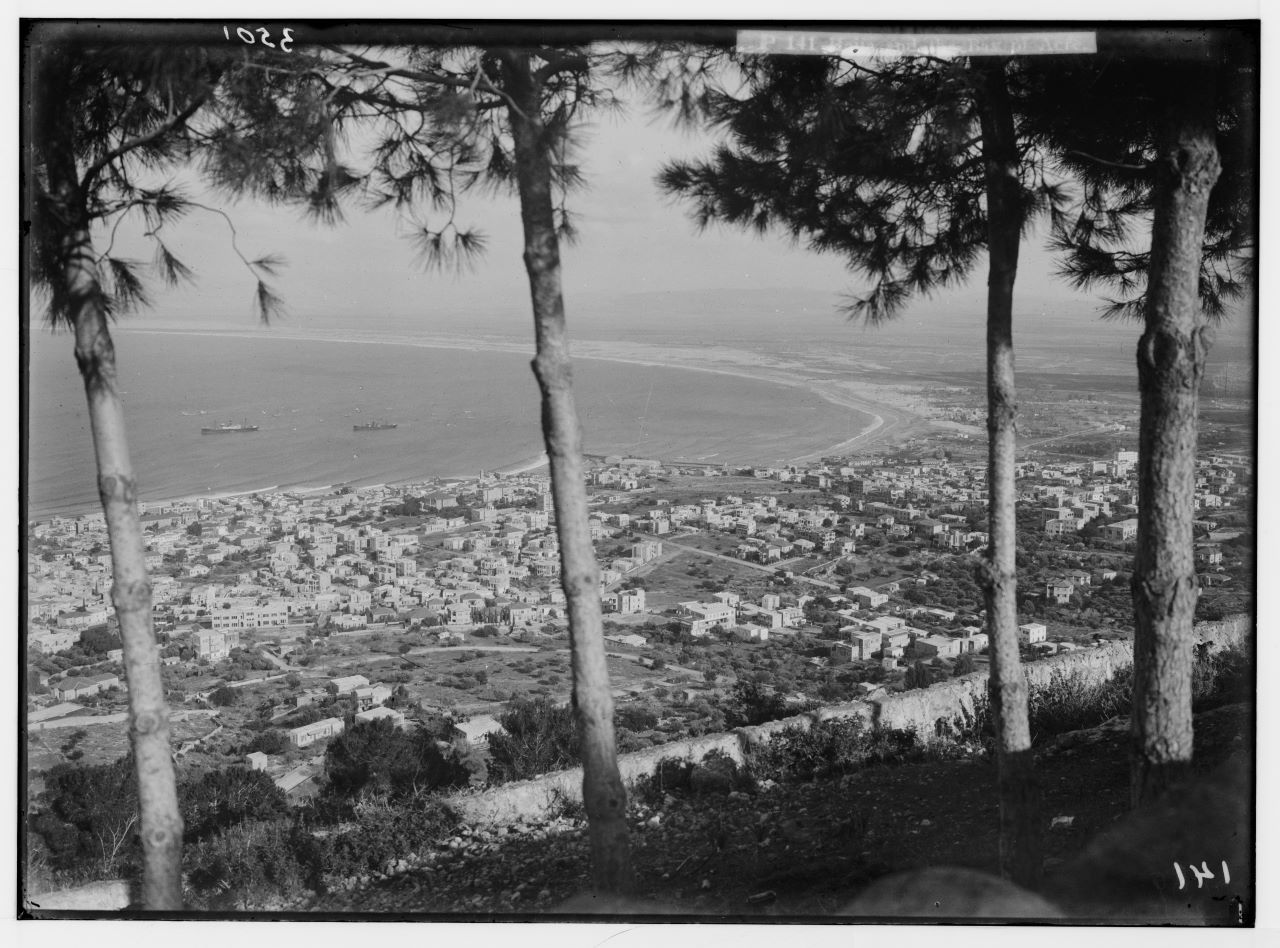Social media users share pictures of landscapes in Palestine, including the "Jerusalem forests" planted by Israel after the 1967 war. Israel's afforestation campaigns have negatively impacted the ecosystem and vitality, changing the features of the place to steal its identity.
The Zionist movement launched the project of afforestation of Palestine. Fifth Zionist Congress founded the Jewish National Fund to collect donations and purchase land in Palestine. The fund aims to establish settlement and agricultural projects.
The Jewish National Fund aims to collect donations and purchase land in Palestine to establish settlement and agricultural projects for Jewish immigrants. They launched a fundraising campaign and declared a tree-planting festival. Donations were distributed to every home and school known as the “Blue Box.”
The Jewish National Fund started forestry campaigns in Palestine in 1920 with FKA and private associations. The first forests were established in the Ben Shemen and Kiryat Anafim districts. British Mandate administration supervised.
Afforestation campaigns claimed to prevent soil collapse, increase fertility, and reduce water evaporation. Zionists used it to make Palestine more acceptable to the European eye and create a European-like countryside. It also created jobs for Jewish immigrants. The National Fund had completed the cultivation of 80,000 dunams in Palestine before the establishment of the Zionist entity.
Israel completed afforestation work in the mountain range after the establishment of the occupying state. Only 242,000 dunums are considered natural forests, while the rest were planted by Israel. Needle trees (pine and cypress) make up 40%, eucalyptus trees 13.5%, and native trees only 5.1%.
Israel’s afforestation operations aimed to obliterate the features of Palestinian villages after their displacement. Israel seized the land and transferred it to the Jewish National Fund, becoming the largest landowner in Palestine. 71 displaced villages have been converted into tourist sites and over half of them have been covered with forests. The “Jerusalem forests” are a prominent example of this obliteration of landmarks. Demolished Palestinian houses can be seen among the pine trees. Public parks and forests were also established in villages abandoned after the setback.
The planting of trees during the campaigns varied, with olive trees and eucalyptus being introduced. Aleppo pine was approved for cultivation due to its rapid growth and ability to grow in semi-arid areas. However, the 2010 Carmel fires sparked controversy over the appropriateness of using Aleppo pine in Palestine with such intensity. The chemical composition of the pine tree facilitates the widespread spread of fires. Unlike oak trees, which have more fire-resistant properties.
The Israeli Society for the Conservation of Nature attacked the Jewish National Fund for afforestation campaigns. The Aleppo pine is an invasive variety that threatens other ecosystems, including open mountain bushes in Palestine. It also threatens biodiversity by preventing the growth of wild plants underneath. The high acidity of pine leaves also threatens species of reptiles and predatory birds with extinction.
The reasons behind the disappearance of the “lizard”
Perhaps one of the most controversial examples is the “Yatir forests,” which began planting in 1964 south of the cliffs of Hebron and north of the Negev desert. It is the largest forest planted by the Jewish National Fund in the country on the Bedouin lands of Khirbet Atir, covering an area of 30,000 dunums, and planted with more than 4 million trees, mostly pine and cypress. To expand the forest, Palestinians were displaced from their villages to the city of Hura.
The Jewish National Fund claims that the Yatir Forest aims to combat desertification and climate change, and boasts of it as a model for desert prosperity and as a school model for planting and caring for forests in light of global warming and climate change in the world. However, the opposite is what happens, as dense trees and their dark color absorb sunlight, which raises temperatures, unlike open spaces (not covered with trees) in the desert, whose yellow soil reflects the sun’s rays.
With Israel, the opposite is happening; thousands of olive trees are uprooted in the West Bank; in this year 2023 alone, more than 8800 olive trees have been destroyed. The land is bulldozed for settlement construction in the West Bank and Jerusalem, threatening the natural systems and biodiversity of the area. The wall is built, causing the isolation of living organisms on one side of the wall, preventing their natural movement, reducing their numbers and areas, and causing an imbalance in the ecological balance.
Israel is environmentally hypocritical, exposed by the double standards of the environment on both sides of the wall. Thus, she proves herself lying. The environmental values it promotes, and the forests it creates, are only part of controlling the land and changing the features of the place so that it does not remain Palestinian.




